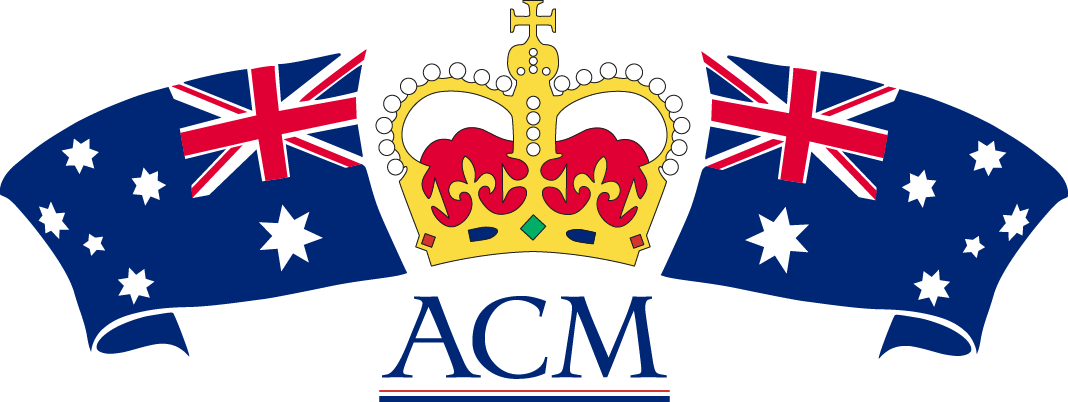
The situation in Nepal is grim. The Communist Party has won a majority of the directly elected seats in the Constituent Assembly.
Founded in 1994 by Pushpa Kamal Dahal, known as Prachanda, Nepali for 'The Fierce One,' the Communist Party of Nepal led a Maoist insurgency lasted from 1996 -2006, in which 13,000 people died.
The US lists the party as a "Specially Designated Terrorist Organization”.
Prachanda plans to be president of Nepal, and draws inspiration from China's Cultural Revolution and the theories of Mao Tse-tung. He disowns and is disowned by the Chinese Communist Party, but presented himself as more moderate for the election.
The communist plan for a republic is likely to be worse than any weaknesses in the existing constitution.[i]
Many Iranians to day would agree, and long for Iran to become a constitutional monarchy under the son of Shah, rather than continue under the present theocratic republic and its current president. [ii]
Justice Michael Kirby of the High Court of Australia, who drafted the ACM Charter, referred to the proven advantages of constitutional monarchy recently.
According to Richard Ackland, writing in The Sydney Morning Herald on 11 April, 2008, Justice Kirby said at a recent function at the St. James Ethics Centre:
"The freest countries are constitutional monarchies [nod, nod from David Flint]. I'm a rational republican.
"England is a crowned republic … A 'vanished' head of state is a clever idea."
“This is radical stuff, because many people hitherto had mistakenly thought, if you have a Queen, you don't have a republic. As the judge made clear, we can have both,” writes Mr. Ackland.
ACM’s International Convener, Mr. George Bougias, rcently published a letter from a Greek monarchist, Christos Antoniadis to the outgoing Prime Minister of Nepal, Girija Prasad Koirala.
The text follows:

“I am a Greek citizen and I watch the developments in your country with a particular interest. I am an admirer of your country and supporter of the Nepali Congress as well.
“I am a writer and student of the political systems and Constitutions of all countries. I watched with a particular interest, from the newspapers of Nepal, the meeting of your party, with regard to the monarchy, that took place a few months ago.
“I believe that the best model for Nepal is what is in effect in Sweden: Democracy, with the head of state a ceremonial monarch. This system establishes absolute Democracy, while simultaneously keeping the sovereignty of Nepal.
“In Sweden especially, unlike the other monarchies of Europe, the king does not have control of shaping the government. The Monarch is Chairman of the Privy Council, with mainly ceremonial powers.
“Moreover, if you want to promote a federal system you could imitate the case of Australia that is a classic federal system, in which 76 senators, elected by the population constitute the upper house and represent the 8 regions of the country. There are also, alternative solutions as the case of Spain, members of the Senate are elected by the population and by the local councils.
“In Spain are divided in 17 autonomous regions, the Senate of Spain is constituted by 208 directly elected members and 51 representatives of regions. If you do not select a federal system, then you could adopt something similar to the Constitution of Sweden.
“I believe personally, that the best choice would be the Constitution of Sweden with the difference that you could established an upper house (senate), as the case of Japan or Holland. In Japan the members of the upper house – House of Councillors – (242) are elected: 146 from the electoral regions and 96 from proportional representation throughout the territory.
“Holland allocates the upper house (Eerste Kamer) with 75 members and in this is represented the 12 provincial councils (provincial councils) the country. All these numbers will be adapted of course to the data of Nepal. I believe that the federal solution will correspond to the issues of Nepal and will successfully cover the requirements for Madhesis.
“If you select the federal system, the example of Australia or Spain will be more suitable to Nepal.
“The syntax of this constitution could begin now (if encourage the conditions), to be adopted later with a referendum and be ratified from the founding Constituted assembly.
“The preamble of Constitution could begin as follows: ‘Nepal is a (Federal)? Parliamentary Democracy. The head of state is the king, the role of which is strictly ceremonial.
“The parliament is constituted by two bodies: from the House of Representatives and the Senate or Federal Council. “I wish you the best in making your choice, and given the best solution, that peace prevails and Nepal makes economic progress.
“Christos Antoniadis
Pentavrisos – Argos Orestiko
Kastoria-
Greece”
